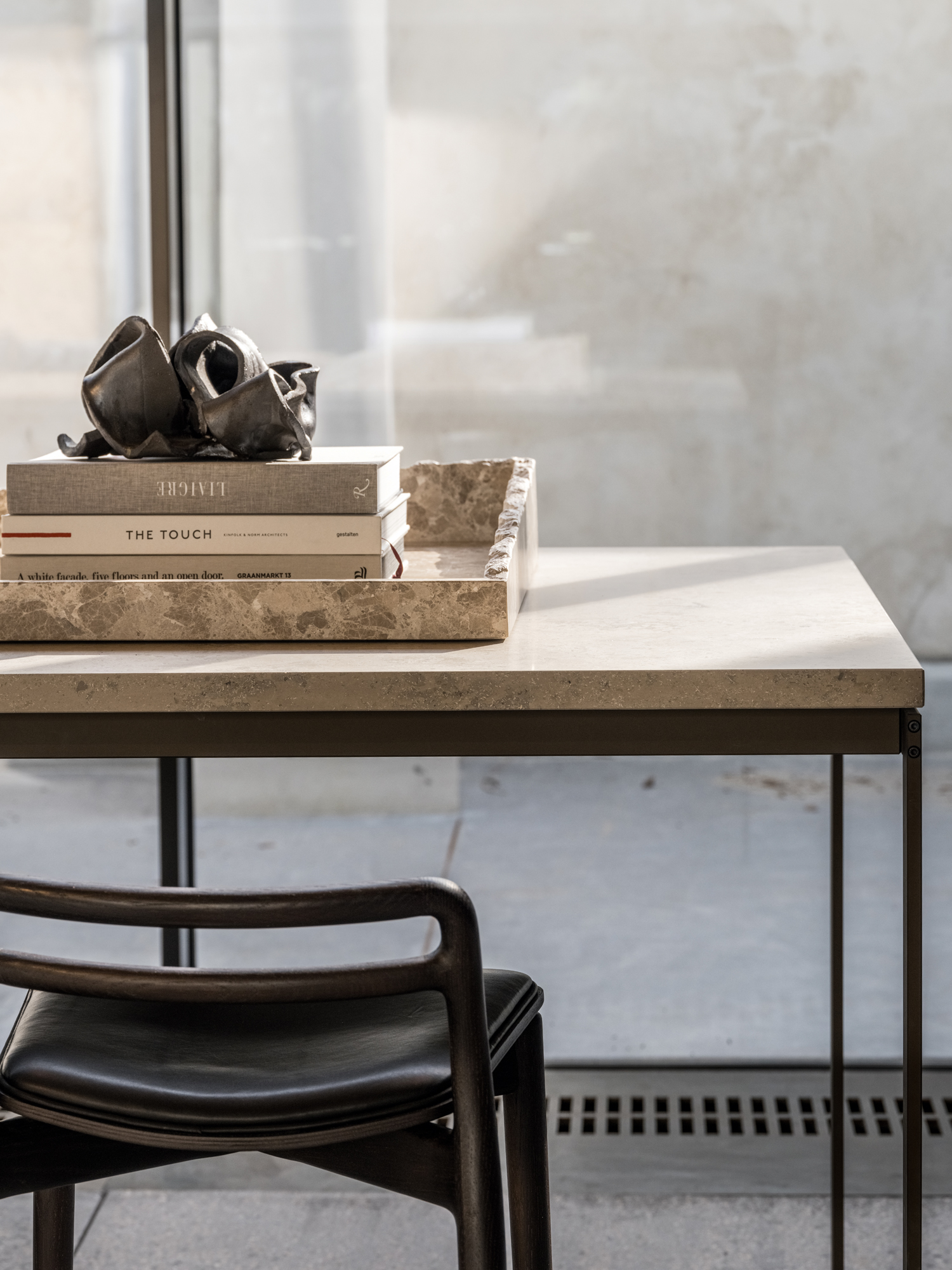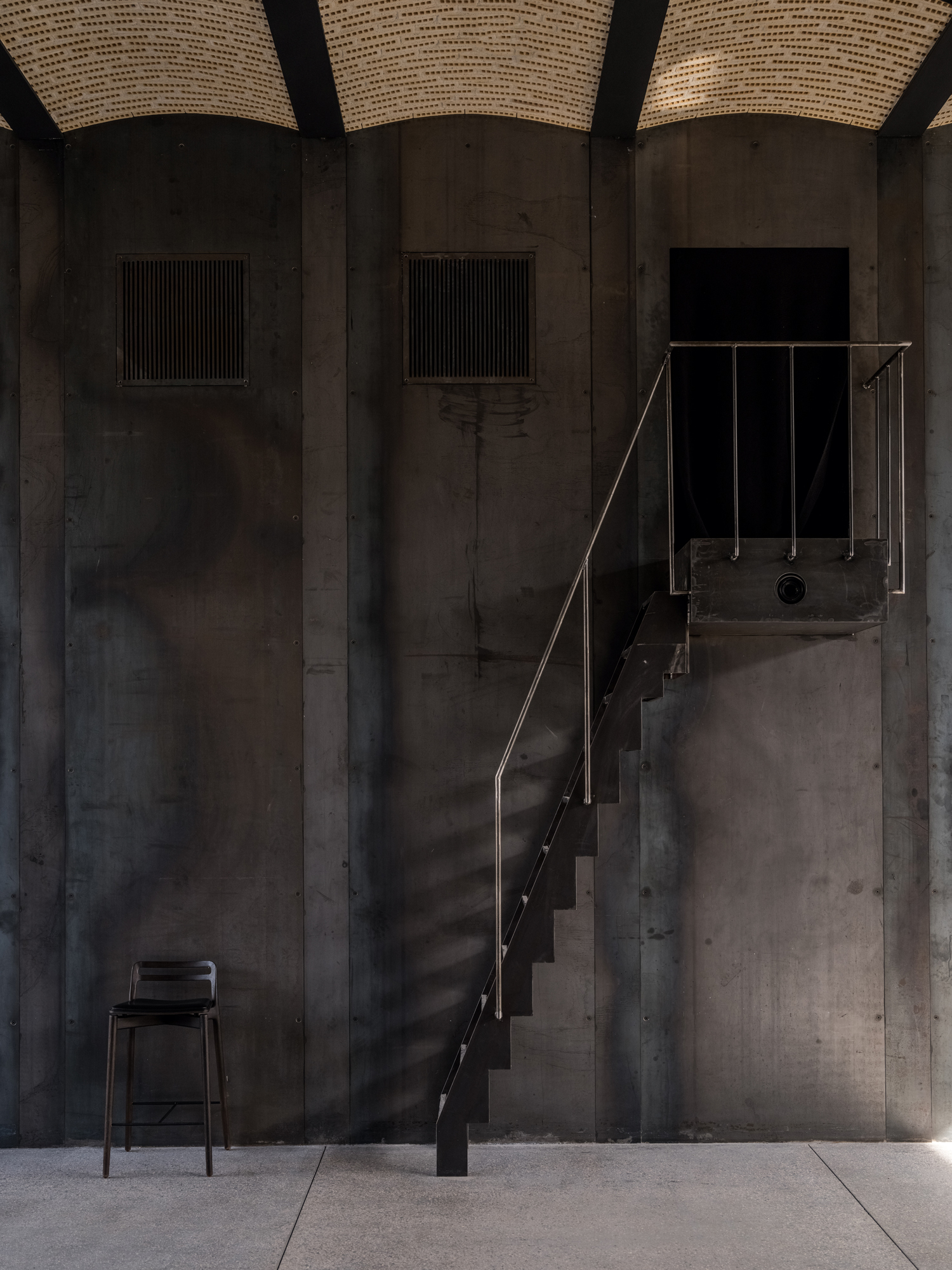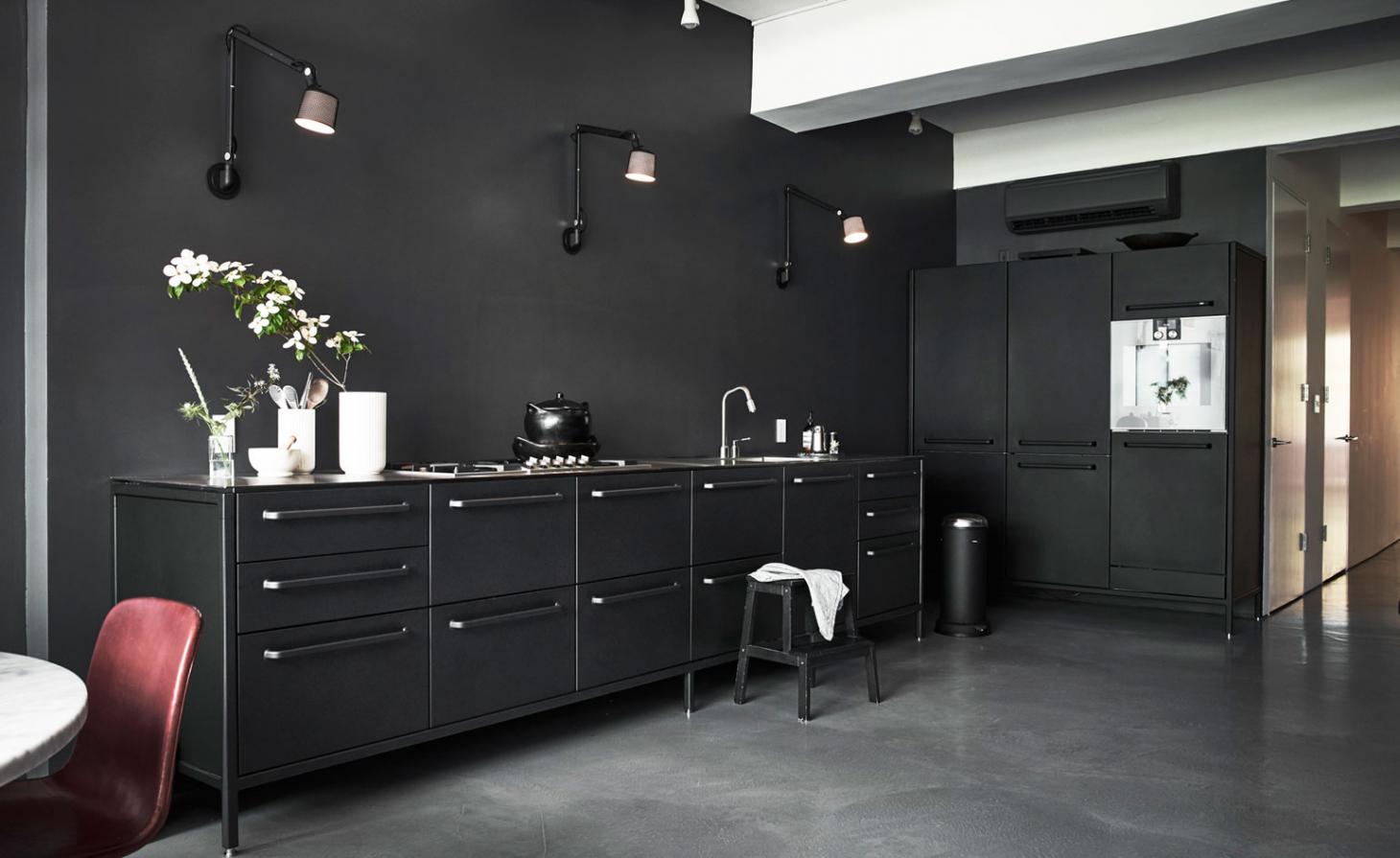Culture, design and industry merge at Copenhagen’s Vipp Garage
A harmonious cultural hub, Vipp Garage opens in Copenhagen’s Islands Brygge neighbourhood

Rasmus Hjortshøj - Photography
‘Architecture is a little like music,’ says architect Frank Maali. ‘You compose. You try things and twist things to get a feel for what’s right.’ Maali is talking about the design for Vipp Garage, the latest addition to the Danish brand’s HQ in the Copenhagen neighbourhood of Islands Brygge. The campus comprises low, former industrial structures, all converted by Maali and Gemma Lalanda (who set up their joint studio in 1998 and started collaborating with Vipp in 2004) at different points in time.
‘The garage was the last structure on the site left to develop,’ says Vipp CEO Kasper Egelund. ‘Six years ago, the architects made a proposal for it and we got the approval from the planning authorities.’ However, construction plans stalled as Egelund didn’t want to disturb those in the vicinity (including the Mogens Dahl Concert Hall) with a building site. But the pandemic helped him to realise his plans. ‘It was quiet and things were shut so there weren’t many people to disturb,’ he says.

The project transformed a neglected midcentury garage, into a flexible space for hosting cultural activities, including exhibitions, talks, supper clubs and music events. Spanning 200 sq m in total, the space is a combination of old and new building fabric in steel, concrete, brick and glass. The floors are made of polished black concrete pebbles, and walls are clad in patinated dark steel plates. Meanwhile, a courtyard was cut through the existing structure to bring light deep into the interior, and there’s a rooftop terrace, also available for events. The building was designed in close dialogue with its on-site neighbours.
‘It belongs to a family of buildings,’ says Maali. ‘The “music” we play in the other buildings lends its notes and rhythm to this one. And this architecture is unique for the place – it has been done especially for this site. It is our language and our architecture for this situation.’ To which Egelund adds, circling back to the musical references, ‘And if you travel around our site, you can see the architects composed their own kind of music here.’

INFORMATION
Wallpaper* Newsletter
Receive our daily digest of inspiration, escapism and design stories from around the world direct to your inbox.
A version of this article appears in the June 2022 issue of Wallpaper*. Subscribe today!
Ellie Stathaki is the Architecture & Environment Director at Wallpaper*. She trained as an architect at the Aristotle University of Thessaloniki in Greece and studied architectural history at the Bartlett in London. Now an established journalist, she has been a member of the Wallpaper* team since 2006, visiting buildings across the globe and interviewing leading architects such as Tadao Ando and Rem Koolhaas. Ellie has also taken part in judging panels, moderated events, curated shows and contributed in books, such as The Contemporary House (Thames & Hudson, 2018), Glenn Sestig Architecture Diary (2020) and House London (2022).
-
 Extreme Cashmere reimagines retail with its new Amsterdam store: ‘You want to take your shoes off and stay’
Extreme Cashmere reimagines retail with its new Amsterdam store: ‘You want to take your shoes off and stay’Wallpaper* takes a tour of Extreme Cashmere’s new Amsterdam store, a space which reflects the label’s famed hospitality and unconventional approach to knitwear
By Jack Moss
-
 Titanium watches are strong, light and enduring: here are some of the best
Titanium watches are strong, light and enduring: here are some of the bestBrands including Bremont, Christopher Ward and Grand Seiko are exploring the possibilities of titanium watches
By Chris Hall
-
 Warp Records announces its first event in over a decade at the Barbican
Warp Records announces its first event in over a decade at the Barbican‘A Warp Happening,' landing 14 June, is guaranteed to be an epic day out
By Tianna Williams
